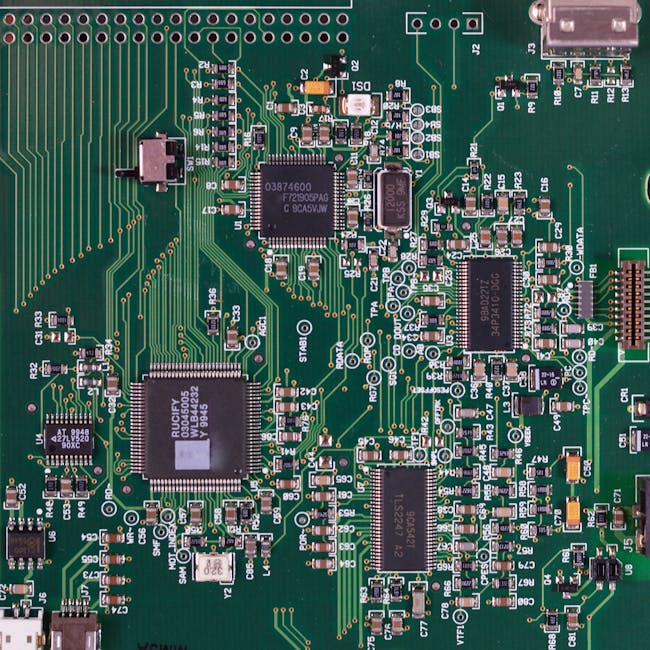Introduction: The Critical Importance of Correct Endotracheal Tube Placement
Proper endotracheal tube (ETT) placement is paramount in critical care and anesthesia. Incorrect placement can lead to devastating consequences, including hypoxemia, hypercapnia, lung injury, and even death. Therefore, meticulous attention to detail and careful monitoring are essential to ensure successful and safe airway management. This article delves into the crucial patient data signals that indicate improper ETT placement, empowering healthcare professionals to swiftly identify and correct potential life-threatening errors.
Immediate Post-Intubation Assessment: Initial Clues to Improper Placement
The immediate period following ETT insertion is crucial for detecting malpositioning. A thorough assessment involving multiple parameters is vital. Neglecting any one aspect can have catastrophic repercussions.
Auscultation: The First Line of Defense
Auscultation, the act of listening to breath sounds, remains a cornerstone of ETT verification. Bilateral breath sounds should be symmetrically present over both lung fields. The absence of breath sounds in one lung or the presence of diminished or absent sounds compared to the contralateral side is a major red flag suggesting misplacement. Further, the presence of breath sounds in the epigastrium suggests placement within the esophagus, a life-threatening error.
Capnography: A Gold Standard for Verification
Capnography, the measurement of end-tidal carbon dioxide (EtCO2), provides objective confirmation of ETT placement in the trachea. The presence of a waveform and a measurable EtCO2 value (typically 35-45 mmHg) strongly indicates correct placement. The absence of a waveform or a very low EtCO2 reading (<10 mmHg) signifies that the tube is not in the trachea and requires immediate intervention.
Chest X-ray: Definitive Confirmation
While auscultation and capnography provide rapid assessments, a chest X-ray offers definitive confirmation of ETT position. The radiograph should clearly demonstrate the ETT tip situated approximately 2-5 cm above the carina, avoiding placement within the right mainstem bronchus, which can lead to hypoxemia and atelectasis in the left lung.
Ongoing Monitoring: Detecting Subtle Signs of Malposition
While immediate post-intubation assessment is critical, continuous monitoring for subtle signs of ETT malposition is equally important. Changes in patient status can indicate a problem that wasn’t immediately apparent.
Respiratory Distress: A Cardinal Sign
Increased work of breathing, tachypnea, use of accessory muscles, cyanosis, and declining oxygen saturation (SpO2) are all indicators of potential airway compromise. These signs may develop gradually, highlighting the need for vigilance.
Oxygen Saturation (SpO2): A Continuous Monitor
Continuous monitoring of SpO2 is essential. A sudden or gradual drop in SpO2, despite adequate oxygen delivery, suggests inadequate ventilation or a compromised airway. This should immediately trigger a reassessment of ETT placement.
Arterial Blood Gas (ABG) Analysis: Objective Assessment
ABG analysis provides objective information about ventilation and oxygenation. Hypoxemia (low partial pressure of oxygen, PaO2) and hypercapnia (high partial pressure of carbon dioxide, PaCO2) are strong indicators of potential airway issues, including incorrect ETT positioning.
Clinical Examination: Beyond Numbers
Regular clinical examination remains crucial. Assessing the patient’s overall clinical status, including mental status, level of consciousness, and skin color, can provide additional clues. Deterioration in any of these areas warrants an immediate investigation of potential airway problems.
Specific Scenarios Indicating Potential Misplacement
Several specific clinical scenarios warrant a particularly high index of suspicion for improper ETT placement:
Right Mainstem Intubation: A Common Complication
Right mainstem intubation is a frequent complication, occurring when the ETT is advanced too far into the right mainstem bronchus. This results in ventilation of only the right lung, leading to collapse of the left lung and severe hypoxemia. Auscultation will reveal absent breath sounds in the left lung, and a chest X-ray will confirm the diagnosis.
Esophageal Intubation: A Life-Threatening Error
Esophageal intubation, where the ETT is placed in the esophagus instead of the trachea, is a potentially fatal error. This prevents adequate ventilation and oxygenation, leading to rapid deterioration. Auscultation will reveal breath sounds in the epigastrium but absence of sounds over the lung fields. Capnography will demonstrate the absence of an EtCO2 waveform.
Subglottic Intubation: Partial Airway Obstruction
Subglottic intubation, where the ETT is placed too high in the larynx, causing partial airway obstruction, can lead to compromised ventilation and oxygenation. Symptoms may be subtle, ranging from mild respiratory distress to complete airway obstruction.
Prevention and Mitigation Strategies
Preventing improper ETT placement requires a multi-faceted approach:
Proper Intubation Technique: Adherence to Protocols
Strict adherence to established intubation protocols is critical. Thorough pre-oxygenation, use of appropriate equipment, and careful selection of tube size are crucial for minimizing the risk of misplacement.
Confirmation Techniques: Multiple Modalities
Employing multiple methods for confirming ETT placement is essential. This includes auscultation, capnography, and chest X-ray. Relying solely on a single method is risky.
Continuing Education and Training: Maintaining Competency
Regular continuing education and simulation training are essential for maintaining competence in airway management techniques. Clinicians should practice advanced airway management skills to enhance their abilities and reduce error rates.
Conclusion: Vigilance and Proactive Management
Improper endotracheal tube placement is a potentially life-threatening complication that can be avoided through careful monitoring and adherence to established protocols. By closely monitoring various patient data signals, healthcare professionals can quickly identify and correct any issues, ultimately ensuring patient safety and optimal respiratory support. The vigilance and proactive management outlined in this article represent critical elements in delivering safe and effective airway management.

